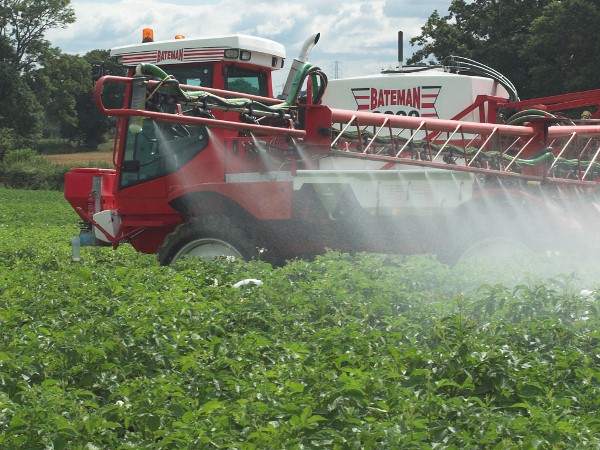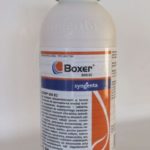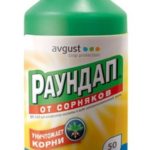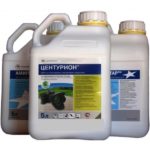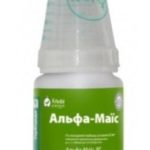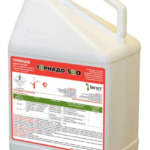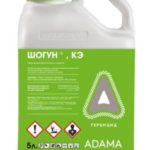It is not by chance that potatoes have become the most common horticultural crop in our country. It is successfully grown both in the hot southern and in the cold northern climate, and the crop gives a rich. However, even he becomes vulnerable if you have to share a bed with weeds. Herbicides are intended to combat them.
Table of contents
What is a herbicide
Herbicides are the collective name of chemicals intended to destroy plant pests. The scope of their application is very wide - from industrial construction to the purification of water bodies. However, they are most fully used in agriculture.
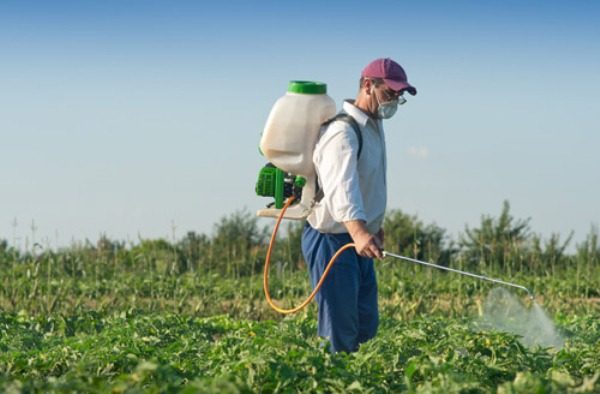
By the nature of the damage of harmful vegetation, drugs are divided into two large subgroups.:
- Internal action (system) - infect the entire weed plant.
- Outdoor action (contact) - not absorbed by the root system of weed plants, but it affects the aboveground part of it.
Different and the effectiveness of all sorts of herbicides. So, contact varieties, with rare exceptions, are used to control annual pests. But for more complex root systems of perennial weeds, internal-acting chemicals are indispensable - they are able to kill the whole plant and reduce soil overgrowth next season. Often, herbicides of different types are used together.
Kinds
The preparations differ in the spectrum of the affected vegetation.. This is very important to consider when choosing chemicals, as the improper means are able to withdraw along with weeds and planting potatoes.
Solid action
This type of herbicide is the most deadly, designed to exterminate all types of plants on the treated area without exception. Also in agriculture are called general destructive, their terrible name is fully consistent.
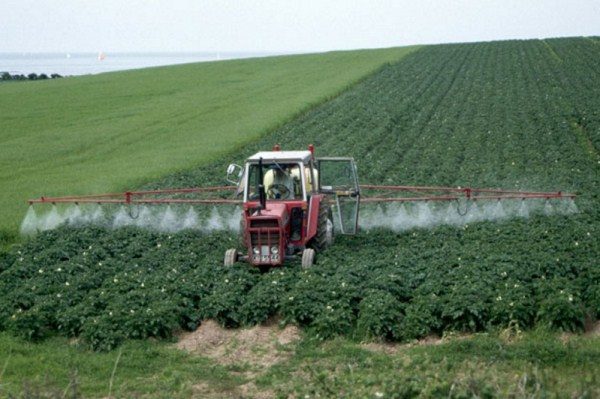
In agriculture, chemicals of this type have a rather narrow application - preparation of virgin soil for planting, when it is necessary to remove all of the biological component from it. It is not easy to find them in the conditions of the gardenSometimes they are used for processing beds in the offseason.
Selective action
Overwhelmingly, poison for weeds refers to substances with a selective or selective lesion spectrum. They are poison only for some plant species, while remaining harmless for horticultural crops. In turn, also classified into two types:
- Widely elected - struggling with certain types of flora, for example, with all dicots, not touching monocotyledonous plants.
- Narrowly selective - not whole plant species are affected, but individual varieties within species; for example, Grodil fights with a bed-bed, but does not touch the related barley and other cereals.
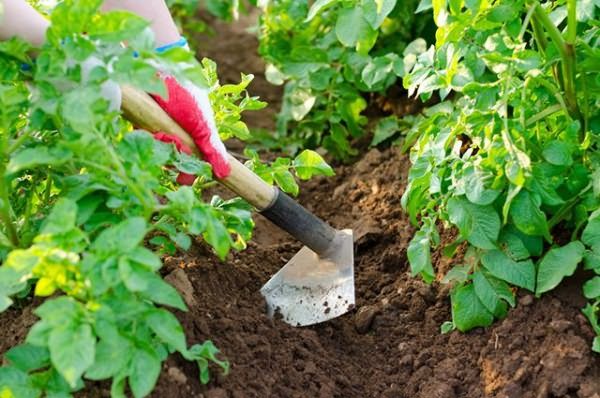
In fact, almost exclusively selective preparations are used in home gardens, which is why we will pay them special attention.
Pre-emergence
Also known as soil remedies. From the name their principle of work is well understood - it is necessary to process the soil itself. In addition to penetrating weed tissue, some types of pre-emergent chemicals leave a thin film on the surface of the earth. Defeat pests occurs when their shoots in contact with it.
Popular products used before germination:
- Roundup - incorporates glyphosates; soil tillage takes place half a month before planting potatoes; sprouts and roots of weeds are affected.
- Centurion - pre-emergence herbicide, used to control monocotyledons, for example, cereals; saturated with clethodim, absorbed by the root system of weeds, leads to the rapid withering of the shoots.
- Boxer - effective against all types of pest flora, especially often used for the removal of dicotyledons; its active ingredient is pro-sulfocarb.
- Boxer
- Roundup
- Centurion
Post-emergence
Also referred to as leaf preparations, that is, affecting the upper, above-ground parts of plants. Most of them use phosphates as an active ingredient.
Popular means used after germination:
- Shogun - used against cereal pests; it is saturated with propacfizafop, applied by spraying in the most active phase of the growing season of weeds - the formation of 4 sheets, the height of the stem is 10 cm.
- Alpha maize - effective against dicotyledonous plants; destroys weeds in the period of 3-10 days after tillage.
- Tornado 500 - saturated with glyphosates, poisonous for all species of dicotyledons and monocotyledons; the beneficial effect of the drug lasts up to 30 days, regardless of the weather.
- Alpha maize
- Tornado 500
- Shogun
The handling of post-harvest herbicides is less demanding on the tillage process. So, in the case of their use there are no strict requirements for compliance with the dosage. Even with a lower saturation of drugs per square meter, the beneficial effect occurs, but is not expressed in the complete destruction of weeds, but in reducing their germination and ability to form seeds.
The most popular herbicides for potatoes
The modern market is extremely saturated with drugs of various actions. But also among existing herbicides You can select a few most favorite gardeners for ease of use and efficiency. What kind of drug to choose for processing potatoes?
Zencore
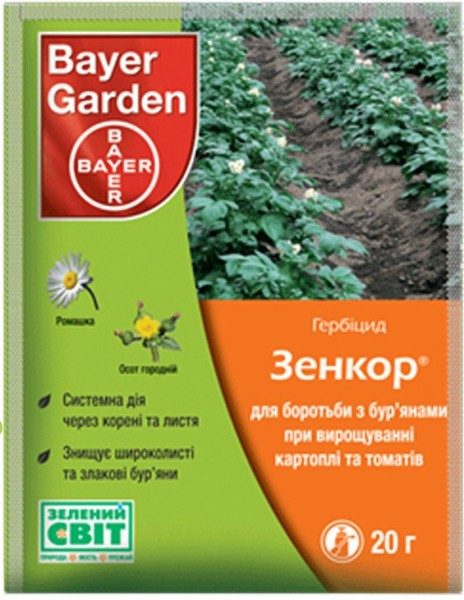
Treats the selective herbicides completely harmless for solanaceous, carrots, potatoes. The chemical is based on the substance metribuzinfissile in the soil no faster than 3 months after treatment. The use of Zenkar is especially beneficial for the fight against broadleaf and cereal plants.
An important advantage of Zenkor is that the active substance is saturated with 600 g / l. In addition to defeating sprouts, leaves after applying a protective film on the surface of the bed. Works great in blends, as it is compatible with a large number of insecticides and pesticides.
Titus
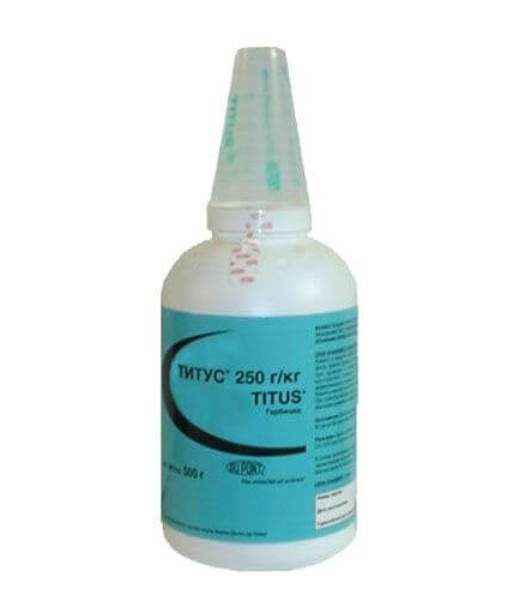
Has a selective effect, spraying should be done in the post-emergence period. The active ingredient is rimsulfuron, which blocks the process of acetolactosynthesis in the leaves. Equally effective against single and biennial plants.. The first signs of the death of weeds are noticeable after 3 days, and their complete death occurs no later than 15 days after treatment.
Titus is suitable for the preparation of tank mixes, but incompatible with phosphate insecticides. Very demanding of moisture - with prolonged drought chemical consumption should be increased. May cause temporary yellowing of potato leaves. Not recommended for use on seed bushes.
Lapis lazuli
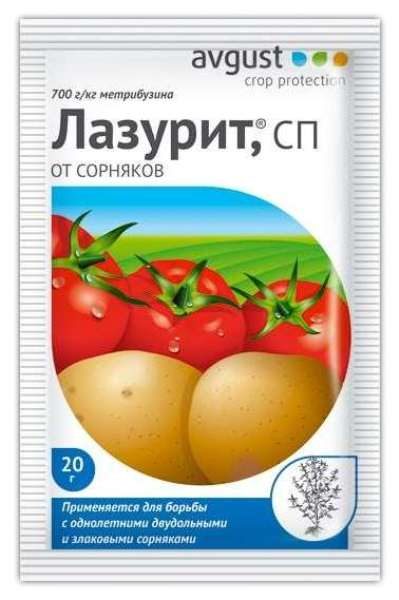
Lapis lazuli is a universal tool used for both pre-emergence and post-emergence treatment of beds. By the principle of action, it reminds Zenkor - metribuzin (700 g / l) is also the main substance.
One of the strongest drugs used strictly once per season., only in exceptional cases, double processing is allowed - before germination and after, when potato sprouts have reached a height of 10 cm and more. Handle with Lapis lazuli should be very careful - contact with skin, mucous membranes, eyes or with food is fraught with a deterioration in human health.
How weed preparations are applied
The effectiveness of soil chemicals is extremely dependent on the gardener's compliance with a number of requirements for their use.:
- uniform soil structure - large clumps of earth are not welcome, preventing the substance from being evenly distributed over the surface;
- humidity - it is desirable to moisten the soil before applying the herbicides;
- embedment depth - no deeper than 5 cm;
- soil type - the activity of preparations will be lower in fertile soils, the saturation with humus of which exceeds 5%; preparations are more suitable for sandstones and other types of light soils;
- heat level - when the air temperature is less than 5 ° C, the performance decreases.
The effect of herbicidal processing of potatoes
The mechanism of action of herbicides of different types is different. It depends on their chemical composition and method of application. By the way the chemical appears on plants, the following types can be distinguished:
- Destroy the cell membrane - lead to drying of weed sprouts; the effect begins to appear immediately after treatment.
- Hormonal replacement - the mechanism of action of benzoic or acidic herbicides; destroys the joints of leaf tissue; the effect is weak in relation to the grain varieties of weeds.
- Suppression of photosynthesis - only against dicotyledonous weeds.
- Suppression of the ability of cells to divide - chemicals of this type are chloroacetamides; the action is gradual, first the plant weakens, then dies.
- Suppression of amino acid synthesis - leads to stopping the development of weed.
- Suppression of fat synthesis - instant stop development, drying of the plant for 15 days.
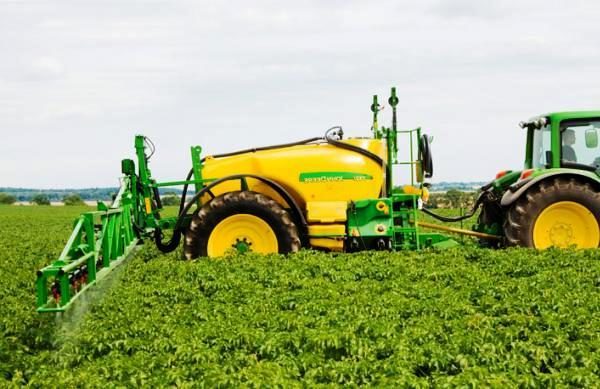
Unfortunately, the effect of the use of herbicides is partially manifested in potatoes, especially with improper dosing or treatment procedure. To minimize it, you can add or partially replace chemicals with less aggressive substances.
Other remedies in addition to herbicides
Herbicides are not able to provide complete protection against all ills. Depending on the threat, the processing of potatoes and other crops can be carried out with the following preparations.:
- Fungicides - to combat fungal spores.
- Insecticides - chemicals that kill insect parasites.
- Acaricides - against plant infection by mites.
- Bactericides - prevent the multiplication of microorganisms.
- Nematocides - against nematode worms.
- Folk remedies - from kerosene to blue vitriol.
Finally, the conditional analogue of chemicals is manual weeding. But even with the most careful removal of weeds, the effect will be incomparable with that after treatment with special means. because herbicides remain in demand among gardeners, which have priority in a rich harvest.
